Comments (2)

This artwork by Rosa Bonheur stood out to me for a variety of reasons beyond the knowledge that this painting is one of Bonheur's most famous works. I love the earthy choice of colors she used; they portray real life to me. These horses are black, bay, dappled, gray and white. The sky is just the right value of light blue mixed with white to where it contrasts against the faded green of the trees and still gives a very real and true feeling to the painting. The intricate details can be seen among the faces of the men and the bodies of the horses. The textures she used created these details: the smooth strokes of the horses' manes, the rough texture of the beaten down road, and the swirls that create the dusty look. One can tell Bonheur painted these horses not from her mere imagination. They are not mystical in color, shape, or proportions. They are instead very real. She was most likely at a farm with real live horses standing, stomping, and prancing in front of her. She portrays not only standing horses, but horses in motion and preparing to be in motion. I wish I could stand in front of this original painting and be in awe of its massive size. The fact that Bonheur was painting an 8-feet-wide painting, practically a mural, shows her love and awe of animals. In the 1800's, such emphasis was not placed on animals, most especially by women. I love imagining Rosa Bonheur out at a farm or in a busy town square full of horse drawn wagons. She would of course be dressed in overalls and smoking a cigar: not your conventional 19th century woman. I feel that this painting really portrays this side of Bonheur because she painted these huge, dangerous horses with all men controlling them, and no women in the painting.

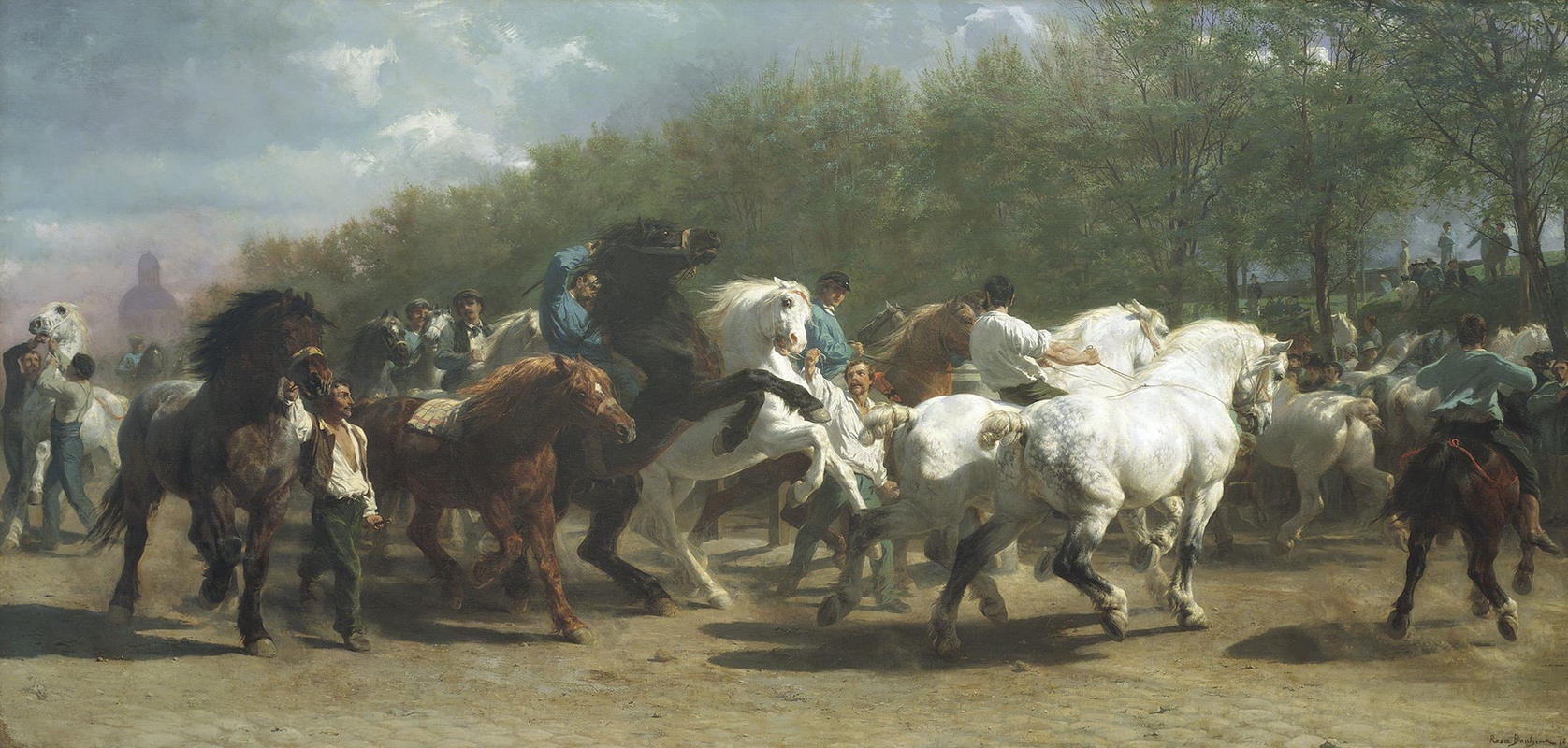
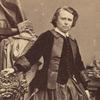

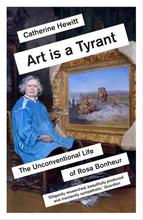
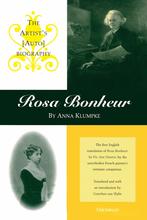
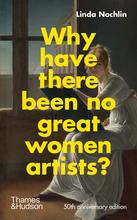
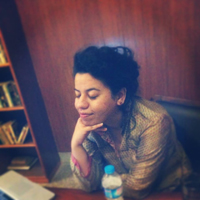








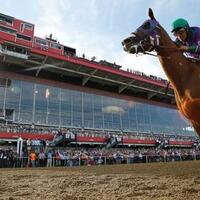
I really like this piece of work. Not only for the great detail and color, which make the horses pop out yet blend perfectly with the muted earth tone background colors. I like how this picture represents her feisty personality, since it represents her desire to be equal with men. This painting exudes the ruff and tumble that was the horse fairs of that time. The horses seem wild and rowdy, and seems to be an atmosphere only for men. However Rosa Bonheur is there. This represents her lifelong pursuit of women's equality with men. This horse fair was no place for a lady, but Bonheur disagrees, and prove that it is a place for a lady. Her whole life she was always determined to be included and place in the mans world. So I can imagine that even if she got odd looks or was told not to be there, she stayed at this horse fair and did her work.